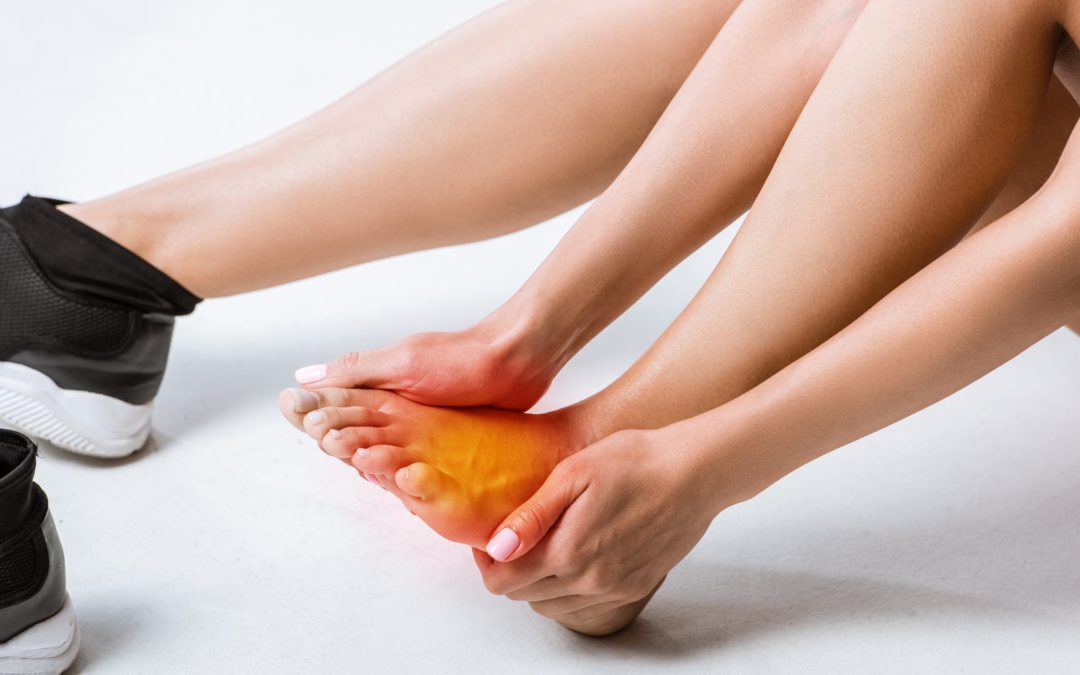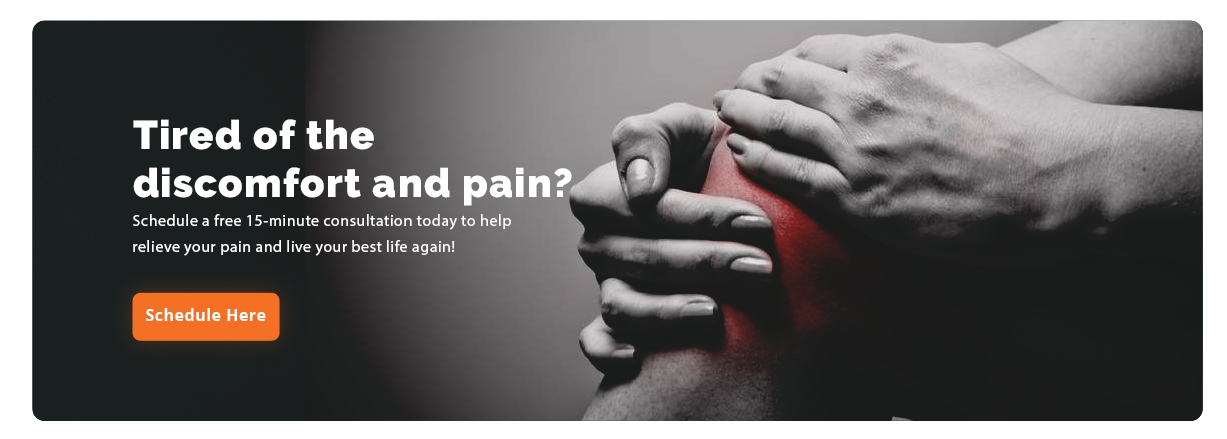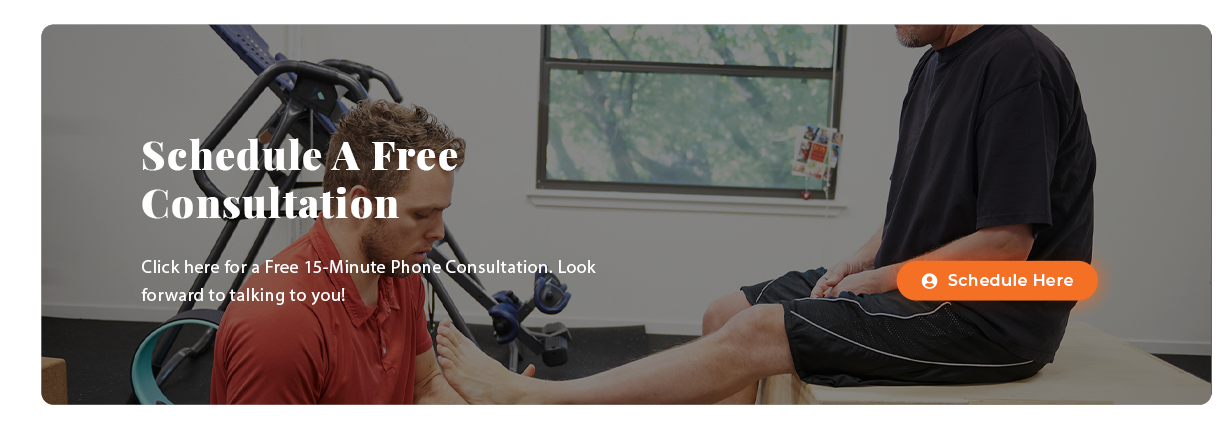“We may well value our minds and esteem our brainpower. But let us respect our feet as well. They might be down-to-earth for sure, but do allow us to go forward and steam ahead in life.” ― Erik Pevernagie
When it comes to our bodies there are certain aspects of them that we tend to take for granted or not even think of much at all if ever.
Take the back of our heads, for example, or our eyelids. They are there but do we really think much of them? And for many people, especially men, it seems, our feet are an extension of our bodies that most of us depend on daily, yet we rarely give much thought to.
Yet all that changes dramatically when our feet hurt.
And, when it hurts to walk or stand, our feet suddenly become the focus of far too much-unwanted attention.
Battling the Pain of Plantar Fasciitis

Foot pain can arise from a wide variety of causes such as injuries, diseases, and various conditions including bunions, metatarsalgia, Achilles tendinitis, and even peripheral neuropathy.
But perhaps one of the most crippling and painful foot conditions is plantar fasciitis. In fact, it is estimated that approximately two million people are treated for this condition every year.
The Mayo Clinic describes it as,
“[O]ne of the most common causes of heel pain. It involves inflammation of a thick band of tissue that runs across the bottom of each foot and connects the heel bone to the toes (plantar fascia).
Plantar fasciitis commonly causes stabbing pain that usually occurs with your first steps in the morning. As you get up and move, the pain normally decreases, but it might return after long periods of standing or when you stand up after sitting.”
While the actual cause of plantar fasciitis is still poorly understood, we know that it tends to be more common in runners and in people who are overweight or obese.
Most typically, the pain from plantar fasciitis is experienced as a stabbing pain in the bottom of the foot near the heel. For most sufferers, the pain is usually the worst in the first few steps after awakening. The pain can also be triggered by long periods of standing or when you get up from sitting, or after long periods in a vehicle.
Experience with cases of plantar fasciitis has led medical experts to determine that there are common links to the development of this condition, including:
- New or increased activity
- Repetitive high-impact activity (running/dancing/sports)
- Prolonged standing on hard surfaces (e.g., nurses, factory workers, and teachers)
- Anatomy (flat feet or a high arch)
- Tight calf muscles
- Obesity
- Age (plantar fasciitis is most common among people aged 40 to 60)
Plantar Fasciitis: Dealing With the Pain
It is also estimated that about 90 percent of those with plantar fasciitis can experience improvement in less than 12 months after simple self-treatment methods.
The most common treatment involves:
- Avoiding activities: Decreasing or even ceasing activities that make the pain worse is the first step in reducing the pain, such as physical activities that take place on hard surfaces.
- Changing exercise: Low-impact exercise, such as cycling or swimming, puts less stress on your joints and feet than running or even walking.
- Stretching exercises: Stretching your calves and plantar fascia is the most effective way to relieve the pain that comes from plantar fasciitis.
In addition, the Mayo Clinic suggests that over-the-counter pain relievers such as ibuprofen (Advil, Motrin IB, others) and naproxen sodium (Aleve) can ease the pain and inflammation of plantar fasciitis.
But treating the symptoms falls short of defeating the source of your pain.
Defeating the Underlying Cause of Plantar Fasciitis Pain
Active Release Techniques® can quickly and effectively break up scar tissue in the plantar fascia and other muscles of your feet. This will, as a result, eliminate the inflammation and pain, and help you “get back on your feet” and be pain-free.
Understanding that plantar fasciitis is an injury, not a condition, is an initial step to proper treatment. Active Release Techniques®, or ART®, can be effective for overuse injuries like plantar fasciitis because it physically removes the build-up of scar tissue that has resulted.
At Pain and Performance Solutions, we know that ART® therapy can be an effective tool for recovering from plantar fasciitis. Using this soft tissue therapy allows us to locate and treat scar tissue adhesions that accumulate in the muscles and soft tissues.
Using Active Release Techniques® to treat plantar fasciitis and provide disruption breakdown of the adhesions around the plantar surface, this helps to increase normal tissue flexibility, movement, and comfort, and – ultimately – restore your full balance and stability.
Take Your Fight Against Plantar Fasciitis to Pain and Performance Solutions
At your first appointment here at Pain and Performance Solutions, we will learn all we can about your present pain and condition, along with any history of discomfort. Treating and relieving foot pain starts once we understand where and how your pain started.
A full examination will help us determine which form of treatment is best suited to get you on your road to recovery. Your trust in us is key, as is your honesty. Ultimately, getting your body healthy and working properly is the only way to achieve total recovery.
We will conduct a full examination to help us determine which form of treatment is best suited to put you on your road to recovery. Because our bodies will compensate for the pain to allow us to function during the day, the pain can shift around and lead to other forms of pain.
Any type of chronic pain is uncomfortable and can even be debilitating, but it is also a great communicator. Treating foot pain with AIM therapy, for example, is really a way for us to understand your pain through your movements.
Our goal is to work through the sequence of pain and dysfunction in order to get your body healthy and working properly and to achieve total recovery. So, don’t hesitate to reach out. We are here to help and will answer any questions that you may have.
You can reach us at (707) 636-4404 or by filling out our online contact form.



